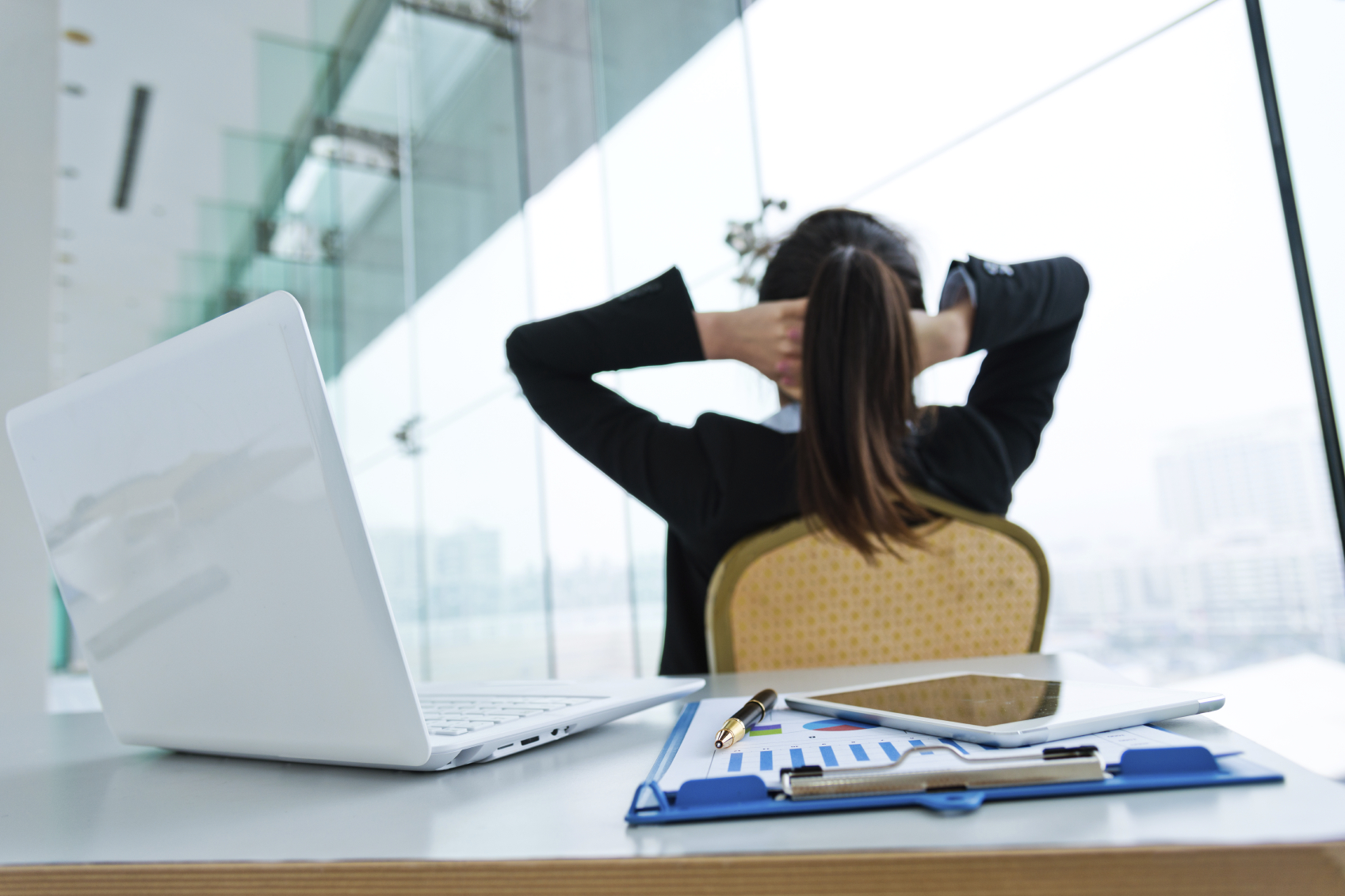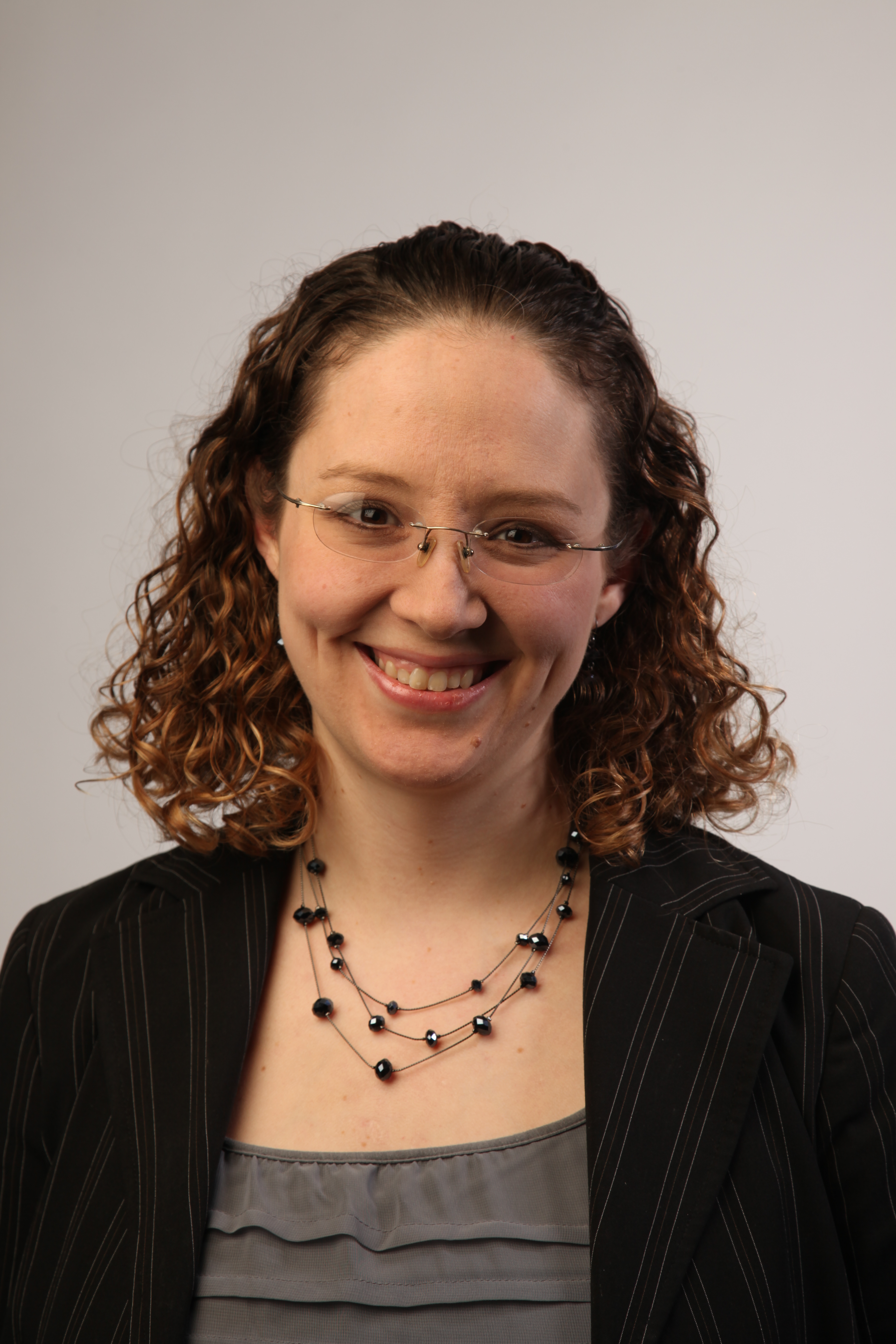New Research Confirms How to Take Better Workday Breaks



Baylor University management professors measure break effectiveness, debunk common myths
Media contact: Eric M. Eckert, office: (254) 710-1964, mobile: (254) 652-0398
Follow Eric on Twitter: @EricBaylorU
Follow Baylor Media Communications on Twitter: @BaylorUMedia
WACO, Texas (Sept. 9, 2015) – Most people take breaks during their workdays. Coffee breaks. Lunch breaks. Short chats with coworkers. Maybe late afternoon walks around the building.
But are they taking the best type of breaks? Breaks that boost energy, concentration and motivation?
Two Baylor University researchers have published a new empirical study – "Give Me a Better Break: Choosing Workday Break Activities to Maximize Resource Recovery" – in the Journal of Applied Psychology. The research provides a greater understanding of workday breaks and offers suggestions on when, where and how to plan the most beneficial daily escapes from the J-O-B. The research also debunks some common break-time myths.
Emily Hunter, Ph.D., and Cindy Wu, Ph.D., associate professors of management in Baylor University's Hankamer School of Business, surveyed 95 employees (ages 22-67) over a five-day workweek, and each person was asked to document each break they took during that time. Breaks were defined as "any period of time, formal or informal, during the workday in which work-relevant tasks are not required or expected, including but not limited to a break for lunch, coffee, personal email or socializing with coworkers, not including bathroom breaks."
Hunter and Wu chronicled and analyzed a total of 959 break surveys – an average of two breaks per person per day. They say the results of the study benefit both managers and employees.
"We took some of our layperson hypotheses about what we believed were helpful in a break and tested those empirically in the best way possible," Hunter said. "This is a strong study design with strong analyses to test those hypotheses. What we found was that a better workday break was not composed of many of the things we believed. "
Key findings of the study include:
The most beneficial time to take a workday break is mid-morning.
Hunter and Wu found that rather than the typical culture of working hard all morning only to take a lunch-hour or mid-afternoon break, a respite earlier in the workday replenishes more resources – energy, concentration and motivation.
"We found that when more hours had elapsed since the beginning of the work shift, fewer resources and more symptoms of poor health were reported after a break," the study says. "Therefore, breaks later in the day seem to be less effective."
"Better breaks" incorporate activities that employees prefer.
A common belief exists that doing things that are non-work-related are more beneficial, Hunter explained. Based on the study, there was no evidence to prove that non-work-related activities were more beneficial.
Simply put, preferred break activities are things you choose to do and things you like to do. These could also include work-related tasks.
"Finding something on your break that you prefer to do – something that's not given to you or assigned to you – are the kinds of activities that are going to make your breaks much more restful, provide better recovery and help you come back to work stronger," Hunter said.
People who take "better breaks" experience better health and increased job satisfaction.
The employee surveys showed that recovery of resources – energy, concentration and motivation – following a "better break" (earlier in the day, doing things they preferred) led workers to experience less somatic symptoms, including headache, eyestrain and lower back pain after the break.
These employees also experienced increased job satisfaction and organizational citizenship behavior as well as a decrease in emotional exhaustion (burnout), the study shows.
Longer breaks are good, but it's beneficial to take frequent short breaks.
While the study was unable to pinpoint an exact length of time for a better workday break (15 minutes, 30 minutes, etc.), the research found that more short breaks were associated with higher resources, suggesting that employees should be encouraged to take more frequent short breaks to facilitate recovery.
"Unlike your cellphone, which popular wisdom tells us should be depleted to zero percent before you charge it fully to 100 percent, people instead need to charge more frequently throughout the day," Hunter said.
ABOUT BAYLOR UNIVERSITY
Baylor University is a private Christian University and a nationally ranked research institution, characterized as having "high research activity" by the Carnegie Foundation for the Advancement of Teaching. The University provides a vibrant campus community for approximately 16,000 students by blending interdisciplinary research with an international reputation for educational excellence and a faculty commitment to teaching and scholarship. Chartered in 1845 by the Republic of Texas through the efforts of Baptist pioneers, Baylor is the oldest continually operating University in Texas. Located in Waco, Baylor welcomes students from all 50 states and more than 80 countries to study a broad range of degrees among its 12 nationally recognized academic divisions. Baylor sponsors 19 varsity athletic teams and is a founding member of the Big 12 Conference.
ABOUT HANKAMER SCHOOL OF BUSINESS
Baylor University's Hankamer School of Business provides a rigorous academic experience, consisting of classroom and hands-on learning, guided by Christian commitment and a global perspective. Recognized nationally for several programs, including Entrepreneurship and Accounting, the school offers 24 undergraduate and 13 graduate areas of study. Visit www.baylor.edu/business and follow on Twitter at twitter.com/Baylor_Business.